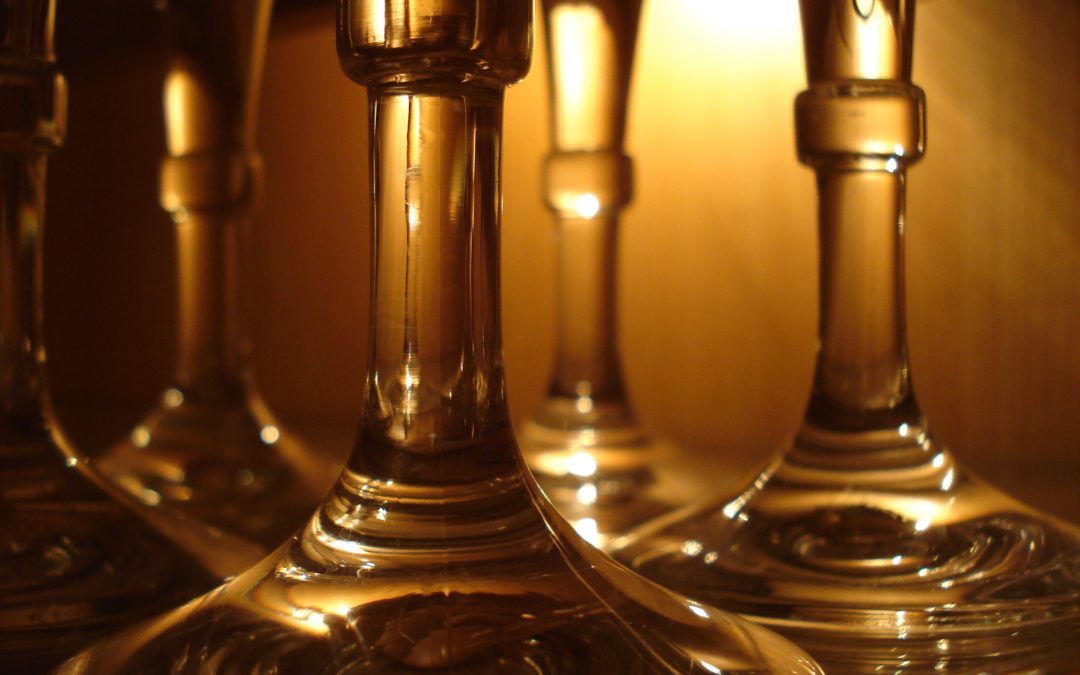I am among the first to stand up for a grape for not getting the attention it deserves as well as for those grapes assigned an undeserved reputation.
It seems it is time for me to speak up for chardonnay.
Chardonnay continues to receive mixed reviews from those loving this enduring grape and from those self-professed ABC (Anything But Chardonnay) members.
Chardonnay is one of the most versatile grapes planted in the world. Growers love chardonnay’s easy-going ability to be grown in almost any conditions while marketers love this familiar grape’s almost universal appeal to consumers.
But not all chardonnay is alike.
Chardonnay grown in cool climates tend to be dry with a range of green fruits, citrus and refreshing bright acidity. Warmer regions produce richer wines that taste of peach, melon, tropical fruit. And there is a noticeable difference in higher alcohol styles. Aging in oak can impart a vanilla, toasty flavor while malolactic fermentation is used to soften the wine’s acidity and can result in flavors reminiscent of movie theater popcorn.
Now is a good time to re-group, re-taste and understand this grape has a world of styles to explore and savor.
France offers numerous styles of chardonnay usually identified by geography and not grape. Some of the most perfect expressions of chardonnay can be found in Chablis, Meursault, Puligny-Montrachet, Macon and Pouilly-Fuisse.
California chardonnays are perhaps the most confusing. The range swings immensely depending on the location and winemaker style. Chardonnay from Sonoma, Napa, Russian River and Carneros can range from full bodied buttery bombs to lean, crisp savory styles depending on the producer.
Most Chilean chardonnays will taste of melon and banana with an added zest of acidity. Regions to explore are Central and Casablanca valleys.
THE VALUE
- 2018 Cono Sur Chardonnay, Chile (about $13 retail)
THE SPLURGE
- 2018 Louis Jadot Macon, France (about $17 retail)
